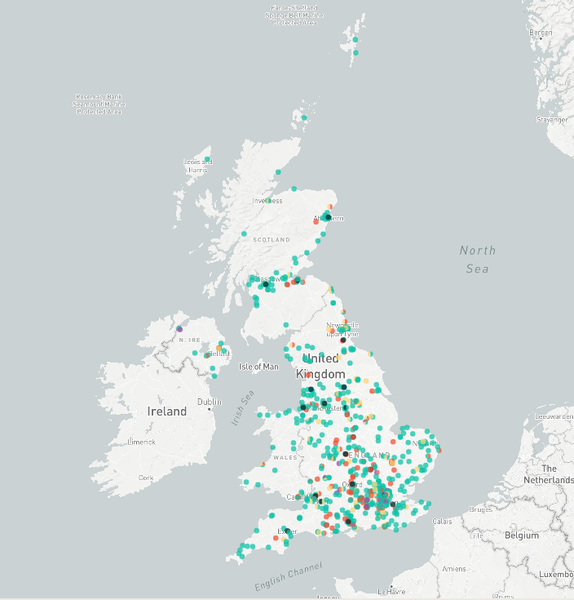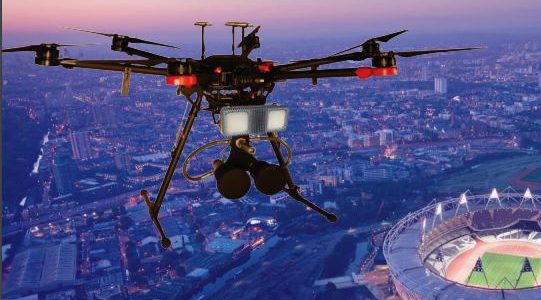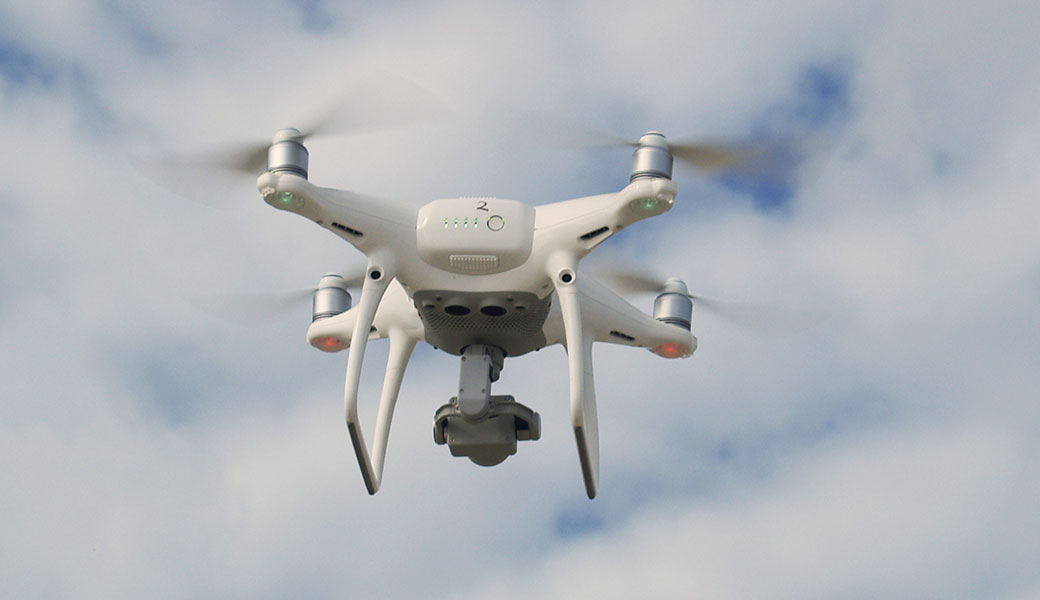
Chinese companies have $3.7 billion in foreign-exchange reserves. China could also use these funds in order to increase its airplane manufacturing industry. But instead of investing in a new fighter jet, China would rather spend the money on other things, such as buying airplanes from the U.S. and France. McKinsey's aerospace and defense practice is led by John Dowdy.
Innovating in the aerospace/defense sector is possible through competitive intelligence
Whether it is a new product or a process improvement initiative, competitive intelligence is essential for the aerospace and defense sector. Aerospace and defense are highly concentrated with only a few players. Many companies have large budgets and require millions of parts and support systems to keep their aircraft flying. But this doesn't mean they aren't competitive. Competitive intelligence is about gathering data and analyzing it to gain actionable insight.
This sector is marked by fierce competition among the key players. As a result, many companies are aggressively seeking out acquisitions. Boeing acquired ForeFlight March 2019 and has been working closely with the company since that time to develop cutting-edge aeronautical apps and charts. Competitive intelligence is critical to keep pace with the increasing number of competitors in aerospace and defense. With its specialized expertise, IFS is able to identify new opportunities that can help aerospace companies compete.
Turning around troubled programs
Its 70-year-old mission is evident in the firm's ability to cultivate government clients. McKinsey believed that businessmen should take over civil servants as managers, starting in the 1950s. This self-interested approach was perfectly calibrated for the Cold War environment. McKinsey, despite its self-interest was able to win the National Aeronautics and Space Administration by presenting its 1960 report, which described a more cost-effective and efficient way to design spacecraft.

The controversy over the firm's work has been raised. The General Services Administration (GSA), which oversees federal procurement, canceled two government-wide contracts with the firm, including one that earned nearly $1 billion between 2006 and 2019. The firm argued that the contracts were too expensive and posed too much risk to warrant further scrutiny. Yet, the GSA found a GSA supervisor who defended the firm's actions, despite the fact that he had a history of favoritism.
Profiting from your supplier network
In the commercial aerospace sector, inventory tends to be larger than in the defense industry. This problem can be a key to a company's ability to reduce its inventory by 50% in a world that is heavily dependent on inventory. But how can you do it? Here are some tips that will help you improve the efficiency in your supply chain. First, understand the dynamics of your supply chain. A commercial aerospace company, for example, will need twice as much inventory than an industrial competitor. This ecosystem is particularly complex for commercial aerospace players who tend to have large inventories, and work with only-source suppliers.
This type of transformation will require investing in capital expenditures, development, and inorganic opportunities for growth. This sector has a lot of research and development. However, there are many options to make significant cash flow and turn it into value. Knowing where to look is key. These tips will ensure that aerospace and defense companies are well on their way towards doubling their value drivers.
Profiting from the market
Aerospace companies didn't consolidate their operations or alter the structure of their businesses during recent economic downturns. They focused on winning new pivotal programs, turning around failed programs, and delivering high returns to shareholders. The key to survival is winning new large defense program. Companies who repositioned early and aggressively are better positioned in order to profit from the rebound in defense spending.

The current global economic crisis is weighing heavily on air travel and military equipment. U.S. Airlines are suffering from high leverage and declining profits. They are also cancelling plane orders and overstating orders for the next five year. It is also difficult to find commercial aircraft refurbishment or night vision technology for law enforcement agencies. The defense industry must change its structure and devise a technical strategy to reduce costs.
FAQ
Where Are Drones Banned?
The FAA has banned drones from flying near airports, stadiums, sporting events, nuclear power plants, hospitals, prisons, and other restricted areas. However, they allow them to fly nightly using GPS technology.
Is it a crime to fly drones?
Yes, it is illegal to fly drones in some countries like Australia, Canada and New Zealand. It is legal to fly drones in other countries like France.
Where can a drone be purchased?
You can find many different types of drones online. Some prefer to buy their drones from Amazon, eBay, or Walmart. Others prefer to purchase drones directly through the manufacturers.
Can someone spy on you with a drone?
Yes, anyone can fly a drone and spy on you. Protecting yourself from drones requires that you be alert to them and stay away from areas where they fly. Call 911 immediately if you spot a drone flying about.
What US states are drones legal?
Legally, you can operate a drone to perform hobby tasks. Federal Aviation Administration (FAA), has issued guidelines that allow you to use small unmanned aircraft systems (UASs). These UASs must be registered with the FAA before they can be flown. If certain conditions are met, the FAA allows commercial operators to fly these UASs.
What are the rules of operation when using drones?
The FAA will require you to register your drone. The registration process requires you to provide information about your device, such as its weight, dimensions, battery capacity, operating frequency, and battery life. The FAA will issue you an identification number.
What is the difference between a quadcopter and a hexacopter?
A quadcopter is a four-rotor helicopter that flies like a traditional helicopter. It has four rotating rotors. A quadcopter has four rotors. The hexacopter has six. Hexacopters are stabler and more maneuverable than quadcopters.
Statistics
- Research and Markets predict a growth rate of 51.1% over the next five years. (thedroneu.com)
- According to Indeed, a drone pilot gets paid $25.73 per hour on average in the US. (dronesgator.com)
- With the top 10% making over $100/h and the bottom 10% making as low as $10/h. (dronesgator.com)
External Links
How To
How To Film Yourself With A Drone
A drone makes it easy to film yourself. You only need a camera, remote control and a smartphone to film yourself with a drone. First, get your FAA license. You will then need to purchase a quadcopter. This drone is equipped four rotors which allow it to fly in different directions.
After you purchase your drone, connect it to your computer using a USB cable. Now, open the software program of your drone and follow these steps:
-
Connect the battery of your drone to the power source of your laptop.
-
Check the webcam on your drone to make sure it is working correctly. If you don't see anything on the screen, then check if there is any problem with the connection between the drone and the computer.
-
Turn on Wi-Fi and enter your IP address into the "IP Address" field.
-
Select the option "Camera" and select "Open Camera."
-
Make sure you set the image quality at HD 1080p.
-
Click on "Record" and then click on the "Start Recording" button.
-
When finished recording, close the webcam application.
-
Save the video file to your hard disk.
-
Upload the video file to YouTube with another computer.
-
You can share your video link via social media sites such as Facebook, Twitter and Instagram, Google+, LinkedIn. Pinterest, Tumblr. Reddit.